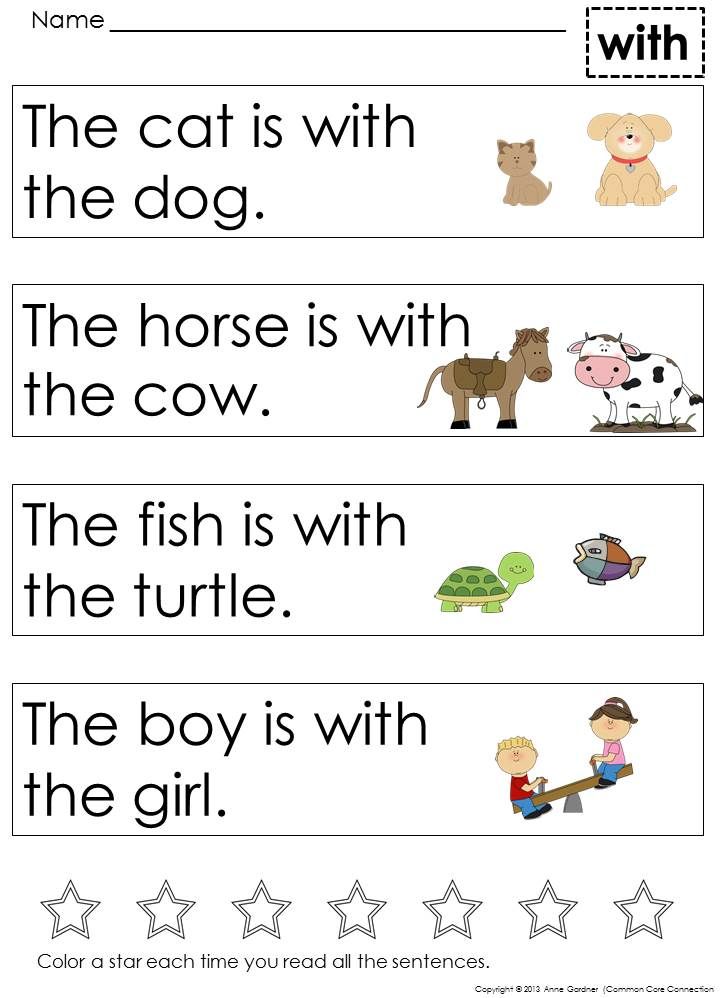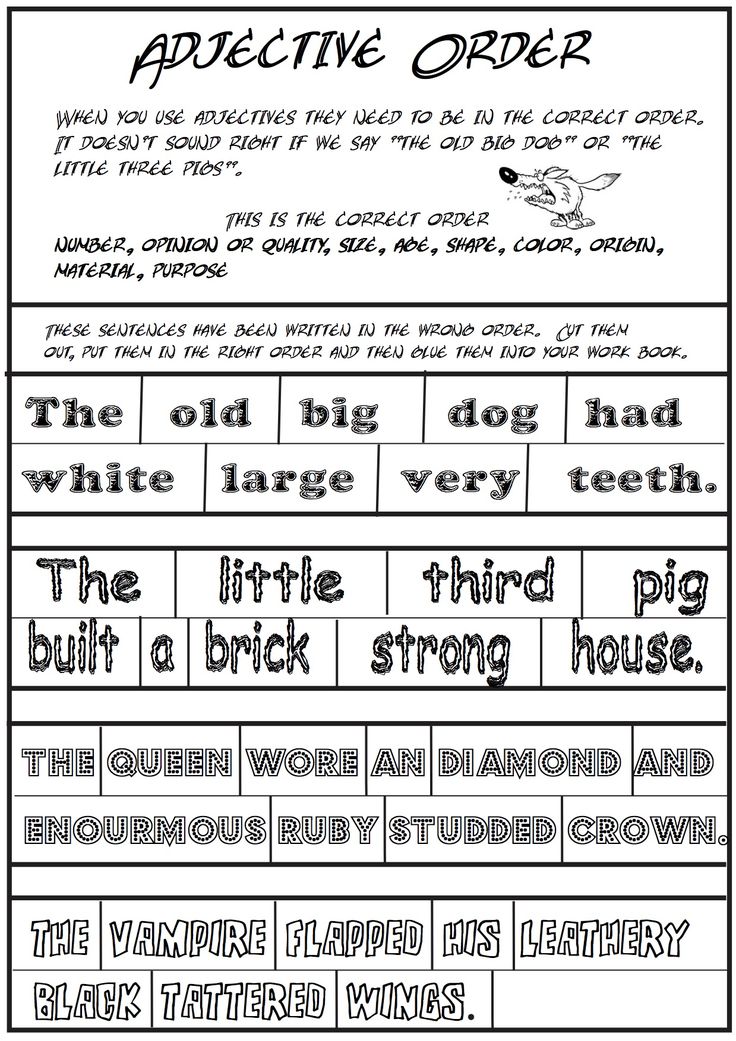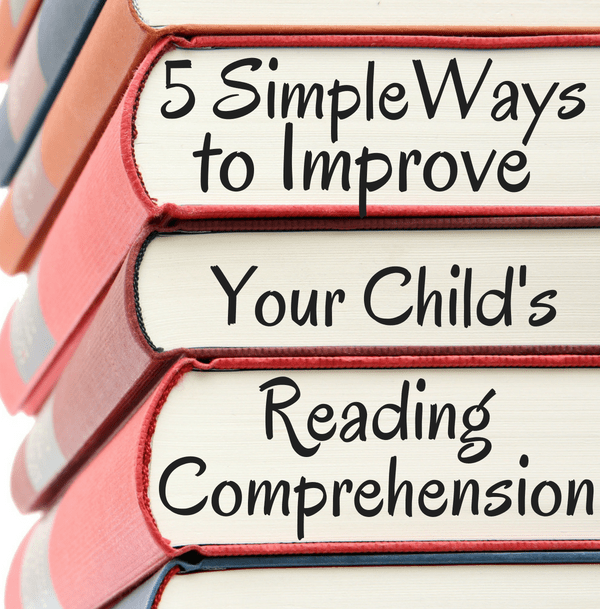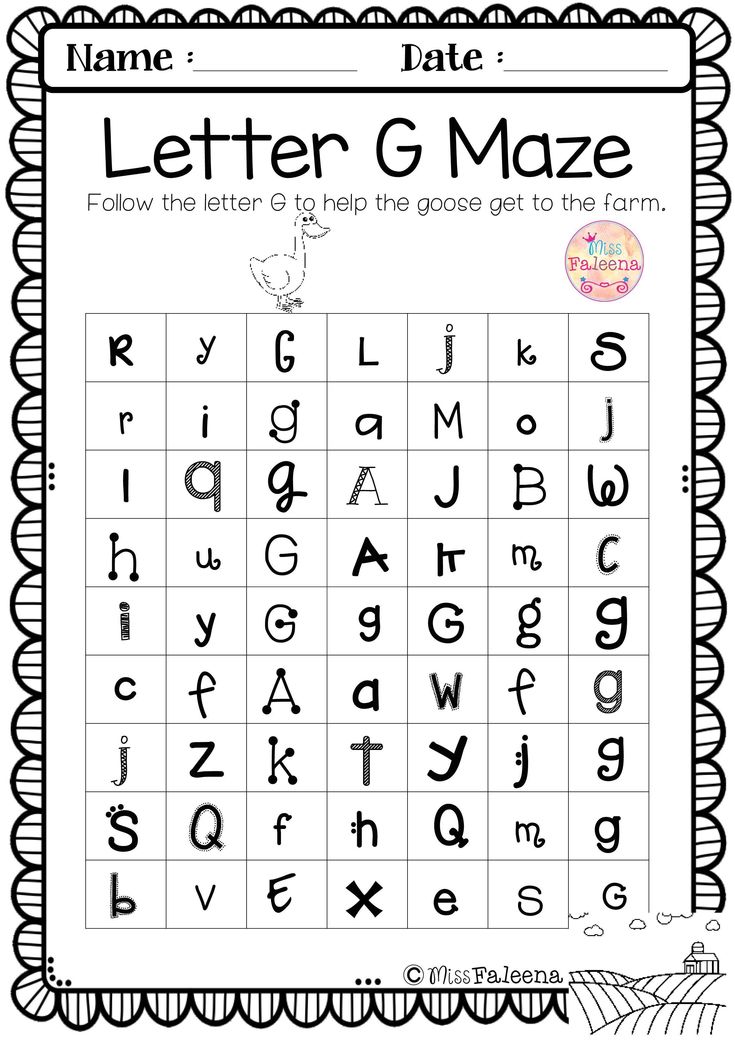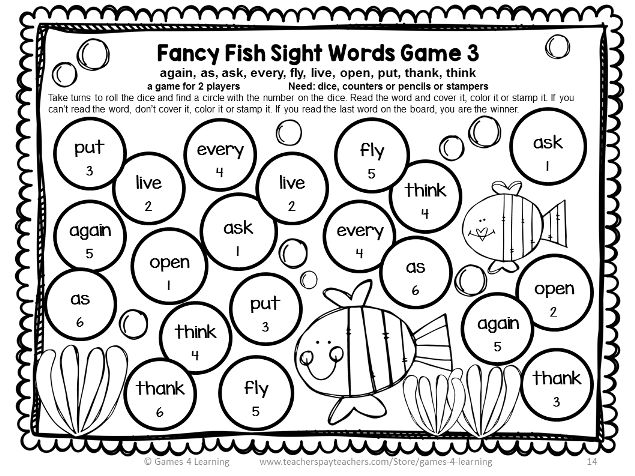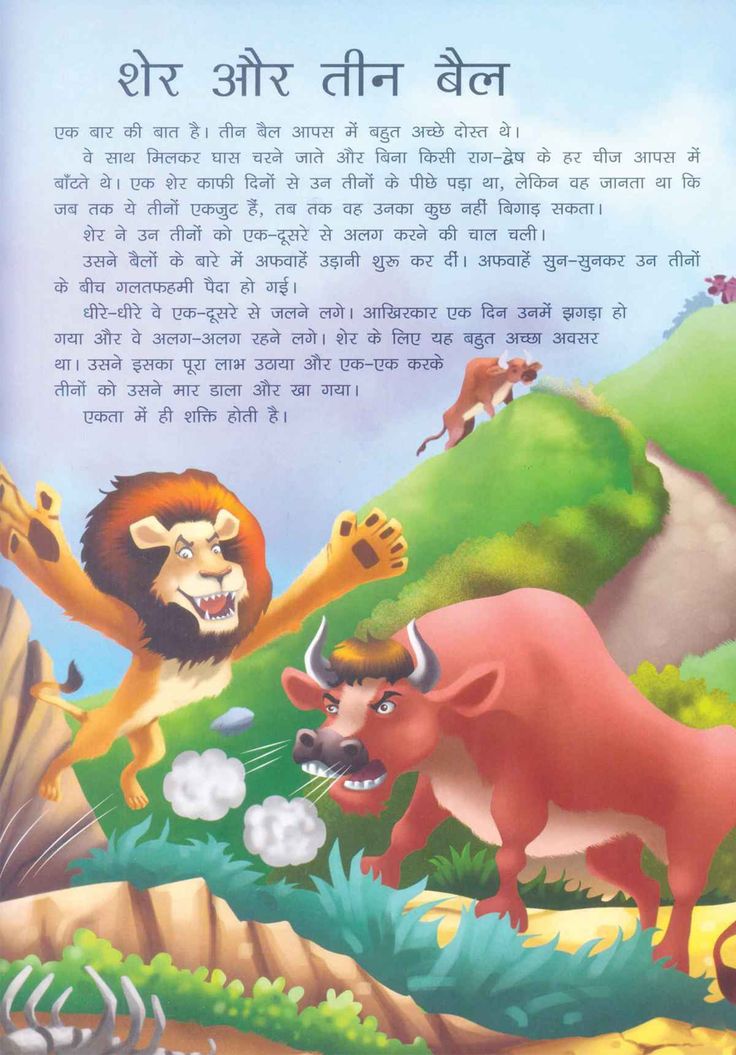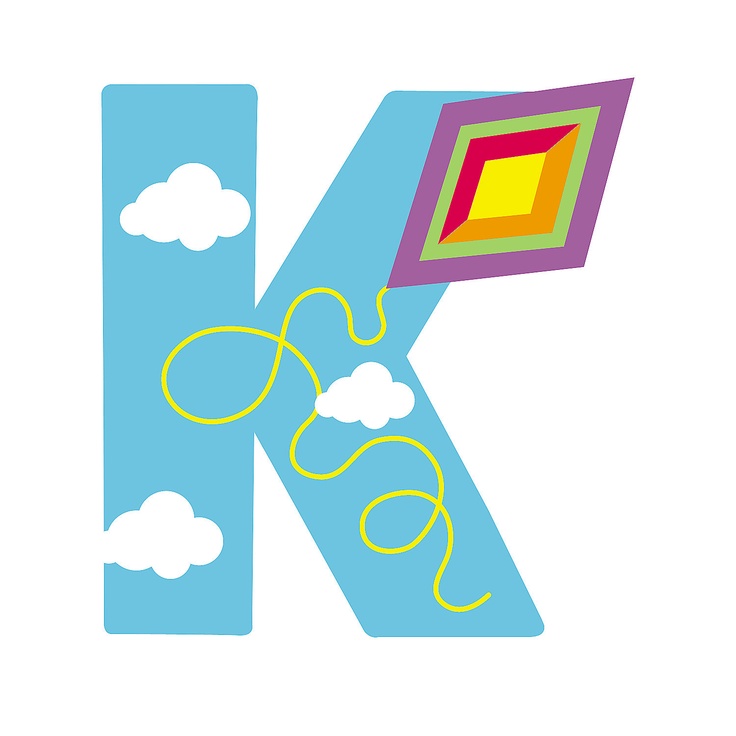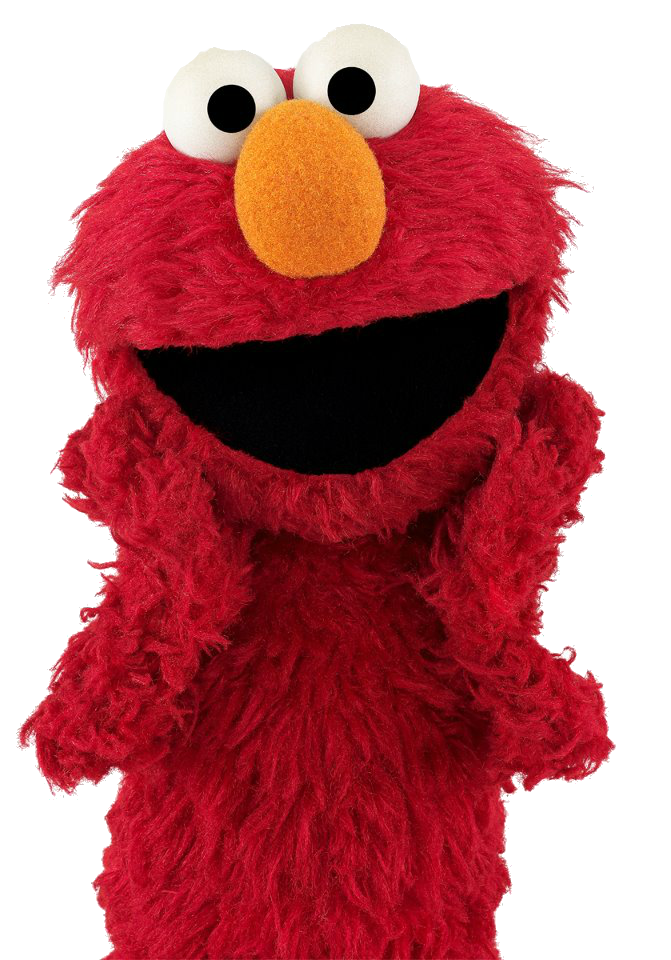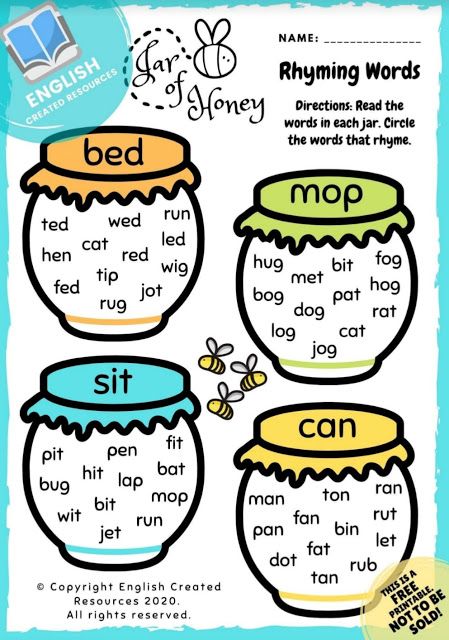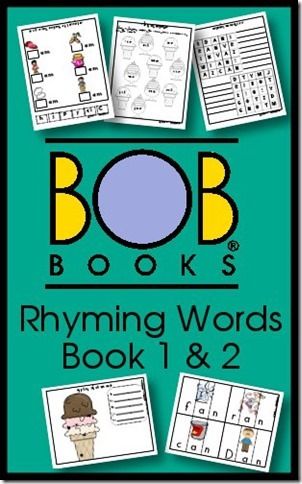Simple sentence reading
The Best Simple Sentences for Kindergarten
There are so many fulfilling perks to teaching kindergarten, but near the top of the list is teaching students how to read. I think one of the best parts of literacy instruction is seeing the excitement in my students’ eyes when they start reading sentences! Once students are ready to take that step, it’s just a matter of keeping up that momentum and excitement with additional practice. In this post, I’m sharing some of my favorite ways to use simple sentences for kindergarten reading instruction.
Are My Students Ready for Reading Sentences?
Before we can expect young learners to read even simple sentences, it’s important to make sure they have the right foundation. The road to reading sentences includes important milestones such as:
- Identifying letters by name
- Identifying the sounds that letters make
- Blending sounds together to read words
- Reading words fluently in isolation, including sight words
Plus, between each milestone is a variety of phonemic and phonological awareness skills that need to be mastered in order to build a solid foundation for reading.
Once this foundation is in place, students are ready to begin reading words within sentences. Keep reading if you’d like to sneak a peek at the simple sentences that I use with kindergarten students when they’re ready to take this exciting step!
Simple Sentences for Kindergarten
There are many ways to practice reading sentences in kindergarten. Below are some of my favorite ways to incorporate simple sentences into literacy instruction. I love that these activities are perfect for literacy centers, morning work, small group intervention, or even homework! These activities also grow with students, so that they can read more challenging sentences as they learn more phonics patterns and master additional high frequency words.
Sight Word Fluency Sentences
When students first start reading words within sentences, it’s helpful to start with predictable text. I find that sight word fluency sentences are perfect for this!
These simple sentences often arrange the sight words in a predictable pattern, such as “I see a cat.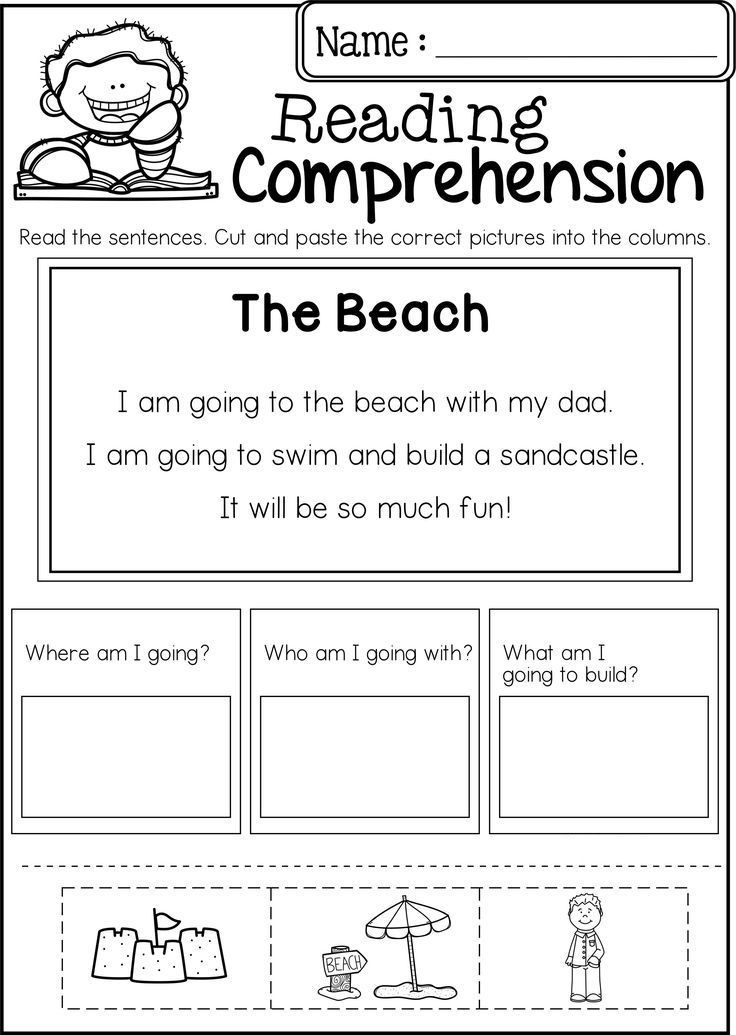 ” and “I see a pig.” This means that students can practice decoding words within sentences while building their sight word fluency. It’s a win-win!
” and “I see a pig.” This means that students can practice decoding words within sentences while building their sight word fluency. It’s a win-win!
Read and Reveal Sentences
Hands-on activities will help students stay engaged in reading practice. Read and reveal cards are always a hit with students! This activity has students read simple sentences on a card, then unclip the flap to reveal a picture that corresponds to the sentence. Students will use their comprehension skills to decide if the sentence they read makes sense with the picture they just uncovered.
Since this adds an element of self-correction to the activity, read and reveal cards are perfect for literacy centers, morning work, or even a fast finisher activity. The fine motor practice from using clips for this activity is an added bonus!
Sentence Scramble Activities
As students grow more comfortable with reading sentences, they will start to get a feel for the natural rhythm of language and word order.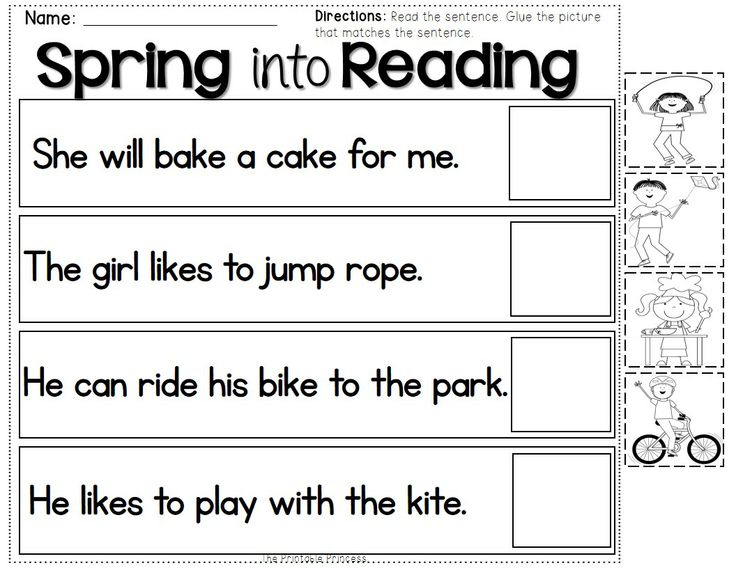 This, in turn, will help improve reading fluency. One of my favorite ways to help students understand and practice word order is with sentence scramble activities. After putting a sentence in the correct order, they can practice reading it fluently.
This, in turn, will help improve reading fluency. One of my favorite ways to help students understand and practice word order is with sentence scramble activities. After putting a sentence in the correct order, they can practice reading it fluently.
You can add some cutting practice by having the students cut out the scrambled words themselves. Plus, having the word strips available to move around helps students in the task of unscrambling each sentence.
Sentence Dictation
Writing activities are another way that I incorporate simple sentences into literacy instruction. When students write sentences, they are able to practice their phonics skills in a different, yet still very important, way. Sentence dictation is a great activity that incorporates many kindergarten skills!
After listening to a simple sentence, students will use their phonics skills to write each word in the sentence. Then they will use their fine motor skills to form the letters and words in the sentence. Finally, students will practice reading what they wrote as they decide if their written sentence matches what the teacher said. Sentence dictation doesn’t have to take a lot of time! If you have whiteboards and markers out for a different activity, do a quick sentence dictation before having the students put things away.
Finally, students will practice reading what they wrote as they decide if their written sentence matches what the teacher said. Sentence dictation doesn’t have to take a lot of time! If you have whiteboards and markers out for a different activity, do a quick sentence dictation before having the students put things away.
Sight Word Sentence Strips
This is another activity that incorporates writing as students practice reading sentences. Students can use these sight word sentence strips to practice decoding sentences fluently as they practice writing them as well.
Once these strips are laminated for durability, students can use dry erase marker to practice letter formation as they copy each sentence. This is another activity that students can work on independently during literacy centers or morning work time.
Since these sight word sentences are prepped and on binder rings, you can also take them on the go for even more practice! Use them as “password” flashcards: Have each student read a sentence from the bundle before entering the cafeteria, going outside for recess, or leaving for the day.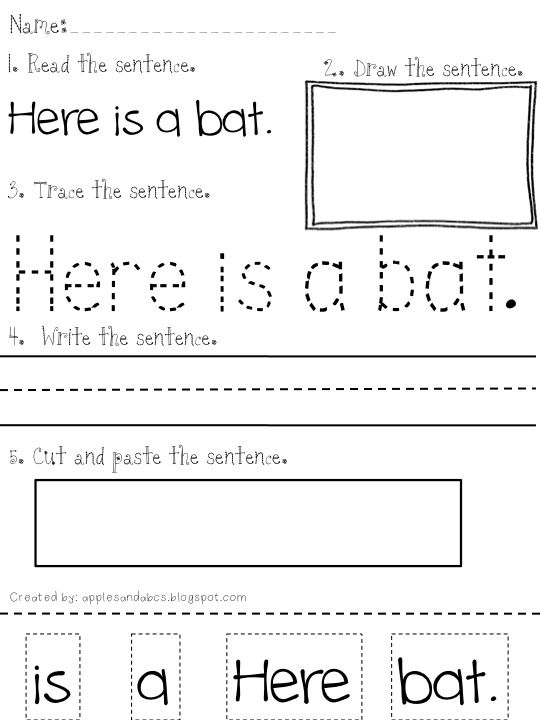
Kindergarten Reading Fluency Passages
Young learners get so excited when they can start reading passages with multiple sentences! This is why I love to use kindergarten reading fluency passages. Students are able to review phonics patterns and high frequency words as they improve their reading fluency and comprehension skills.
After students have had time to practice each passage in the classroom, I encourage them to take it home and read it to friends and family. They are always so excited to show off their reading skills!
Keep scrolling for information about a free reading fluency download that you can use in your classroom.
Free Reading Practice for Kindergarten
Would you like to try these reading fluency passages with simple sentences? You can grab this free collection of nine passages to share with your students. This free download focuses on short vowels, long vowels, blends, and digraphs. Each passage also includes common sight words to help build reading fluency.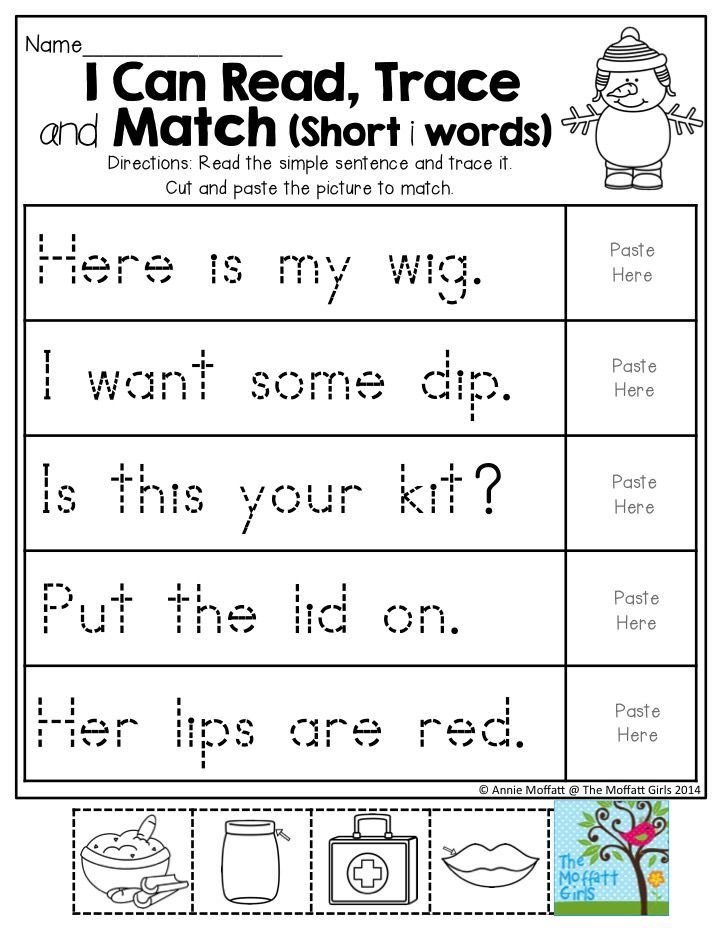 Just fill out the form below and it will be delivered straight to your inbox!
Just fill out the form below and it will be delivered straight to your inbox!
Free Reading Fluency
Help your students make the leap from sounding out words to reading with fluency! These fluency passages are designed to give kids successful reading practice to help students become strong readers!
First Name Your email addressSave These Kindergarten Sentences
Be sure to save this pin to your favorite phonics board on Pinterest! You’ll be able to come back to these simple sentences for kindergarten when your little readers are eager to give them a try.
Use reading in a sentence
reading
-
Advertisement
-
Advertisement
-
Advertisement
-
Advertisement
-
Advertisement
-
Advertisement
-
Advertisement
-
Advertisement
-
Advertisement
-
Advertisement
The word usage examples above have been gathered from various sources to reflect current and historical usage. They do not represent the opinions of YourDictionary.com.
They do not represent the opinions of YourDictionary.com.
Related Articles
Reading Activities and Games for Vocabulary
When teaching students how to learn new vocabulary words, helping them to develop strong reading skills is also key. When a person learns a word through repeated interaction with the word in a book, that person is more likely to learn and retain the word than if they learn the word through encountering it in a more structured vocabulary list. Furthermore, students who read a lot tend to have better vocabularies, which can result in having students perform higher on standardized tests that feature vocabulary components such as the SAT, ACT, GMAT and GRE. As a result, encouraging reading and learning vocabulary words in the classroom is essential for teachers, and encouraging reading in the home is essential for parents.
Printable Kindergarten Reading Comprehension Worksheets
Reading comprehension worksheets for kindergarten use simple text and stories to teach students basic reading comprehension skills.
 Choose the worksheet you want to try, then download and print it by clicking on the image of the worksheet. Each worksheet comes with an answer key. Check out the helpful troubleshooting guide to use the PDFs.
Choose the worksheet you want to try, then download and print it by clicking on the image of the worksheet. Each worksheet comes with an answer key. Check out the helpful troubleshooting guide to use the PDFs.
Also Mentioned In
- newsreader
- smart·phone
- phonicator
- perusing
- cold-read
- book lover
- daily devotional
- readthrough
- gab·bai
- cloze
- student lamp
- booklight
Words near reading in the Dictionary
- read in
- readier
- readies
- readily
- readin
- readiness
- reading
- reading along
- reading comprehension
- reading desk
- reading-copy
- reading-frame
20 reading texts for children aged 5-6-7-8
A child who has learned to put sounds into syllables, syllables into words, and words into sentences needs to improve his reading skills through systematic training. But reading is a rather laborious and monotonous activity, and many children lose interest in it. Therefore, we offer texts of small size , the words in them are divided into syllables.
But reading is a rather laborious and monotonous activity, and many children lose interest in it. Therefore, we offer texts of small size , the words in them are divided into syllables.
First read the work to the child yourself, and if it is long, you can read its beginning. This will interest the child. Then invite him to read the text. After each work, questions are given that help the child to understand what they have read and comprehend the basic information that they have learned from the text. After discussing the text, suggest reading it again.
Mo-lo-dets Vo-va
Ma-ma and Vo-va gu-la-li.
In-va ran-sting and fell.
It hurts no-ha, but Vo-va does not cry.
Wow!
B. Korsunskaya
Answer questions .
1. What happened to Vova?
2. What made him sick?
3. Why is Vova doing well?
Clever Bo-beak
Co-nya and co-ba-ka Bo-beak gu-la-li.
So-nya played-ra-la with a doll.
That's why So-nya in-be-zha-la to-my, and the doll for-would-la.
Bo-beek found a doll-lu and brought it to So-ne.
B. Korsunskaya
Answer the questions.
1. Who did Sonya walk with?
2. Where did Sonya leave the doll?
3. Who brought the doll home?
The bird made a nest on a bush. De-ti our nest-up and took off on the ground.
- Look, Vasya, three birds!
In the morning, deti came, and the nest was empty. It would be a pity.
L. Tolstoy
Answer questions.
1. What did the children do with the nest?
2. Why was the nest empty in the morning?
3. Did the children do well? How would you do?
4. Do you think this work is a fairy tale, a story or a poem?
Pete and Mi-sha had a horse. They began to argue: whose horse. Did they tear each other apart.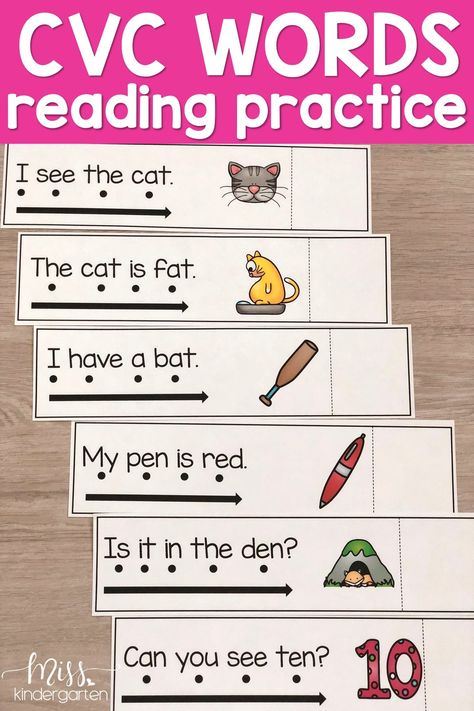
- Give me - my horse.
- No, you give me - the horse is not yours, but mine.
Mother came, took a horse, and became nobody's horse.
L. Tolstoy
Answer the questions.
1. Why did Petya and Misha quarrel?
2. What did mother do?
3. Did the children play horse well? Why do you think so
?
9000 9000 9000 9000 9000 9000 9000 9000 9000 9000 9000 9000 9000 9000 9000 9000 9000 9000 9000 9000 9000 9000 9000 9000
015
9 9000 9000
FILVORDA for the development of reading, View here.
It will be interesting for children to read selected texts, they affect the emotional world of the child, develop his moral feelings and imagination .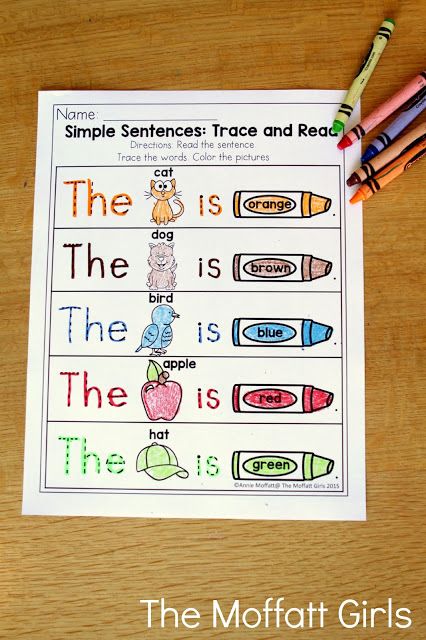 Children will get acquainted with the works of L. Tolstoy, K. Ushinsky, A. Barto, S. Mikhalkov, E. Blaginina, V. Bianchi, E. Charushin, A. Usachyov, E. Uspensky, G. Snegiryov, G. Oster, R. Rozhdestvensky, as well as fairy tales of different nations.
Children will get acquainted with the works of L. Tolstoy, K. Ushinsky, A. Barto, S. Mikhalkov, E. Blaginina, V. Bianchi, E. Charushin, A. Usachyov, E. Uspensky, G. Snegiryov, G. Oster, R. Rozhdestvensky, as well as fairy tales of different nations.
It is advisable to show children the genre features of poems, stories and fairy tales using the example of these works.
Fairy tale is a genre of oral fiction containing events unusual in the everyday sense (fantastic, wonderful or worldly) and distinguished by a special compositional and stylistic construction. In fairy tales there are fairy-tale characters, talking animals, unprecedented miracles happen.
Poem is a short poetic work in verse. The verses are read smoothly and musically, they have rhythm, meter and rhyme.
Story — small literary form; a narrative work of small volume with a small number of characters and the short duration of the events depicted. The story describes a case from life, some bright event that really happened or could happen.
The story describes a case from life, some bright event that really happened or could happen.
In order not to discourage reading, do not force him to read texts that are uninteresting and inaccessible to his understanding. It happens that a child takes a book he knows and reads it “by heart”. Mandatory every day read to your child poems, fairy tales, stories.
Daily reading enhances emotionality, develops culture, horizons and intellect, helps to cognize human experience.
Literature:
Koldina D.N. I read on my own. - M .: TC Sphere, 2011. - 32 p. (Candy).
Short sentences for children to read. Simple texts to read with preschoolers. Teaching a child to read
Glen Doman's Early Development Methodology. From 0 to 4 years Straube E.A.
Reading simple sentences
Glen Doman offers two ways to teach your child to read simple sentences.
Method 1
Use your 10x45 cm cards to make a set of 5 sentences.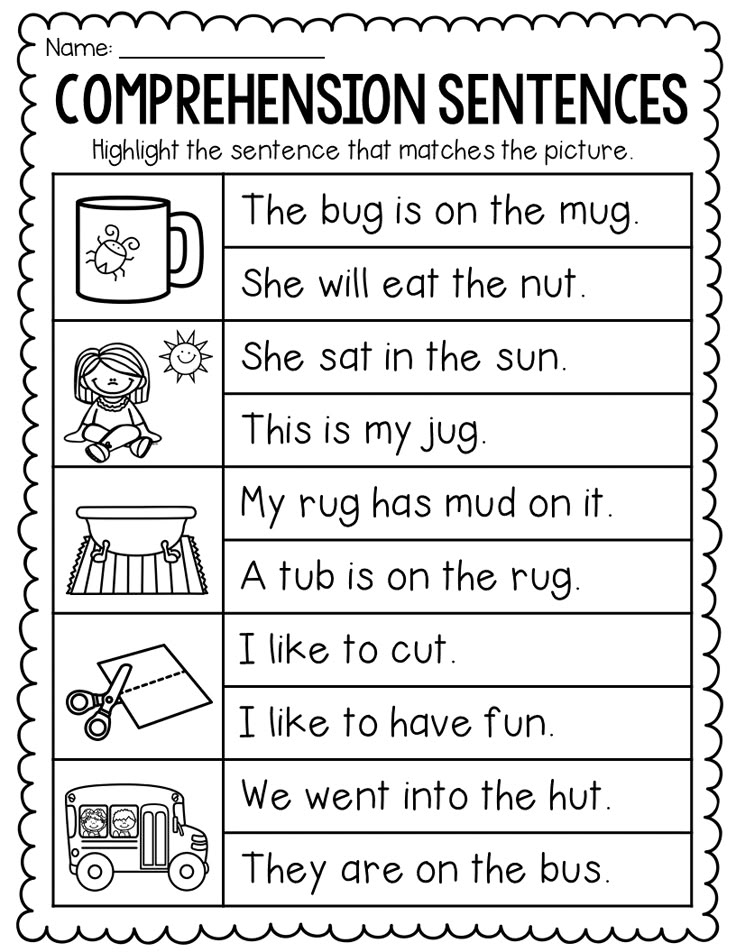 You will have to reduce the font size to fit 2-3 words on the card. Therefore, the height of the letters should now be 5 cm instead of 7.5.
You will have to reduce the font size to fit 2-3 words on the card. Therefore, the height of the letters should now be 5 cm instead of 7.5.
Do not press the words against each other, let there be an empty white space between them so that they can “breathe” easily.
Show them to your child three times a day for no more than five days. Then start updating the set by removing 2 old sentences and inserting 2 new ones. Your child will learn them very quickly, so be ready to move on to new sentences without delay.
Method 2
Make a suggestion book. This book will have 5 sentences and 1 illustration for each of them. Its size is 20x45 cm, the size of the red font is 5 cm.
Start with the first ten pages, which you will read to your child two or three times a day. After a few days, make a new chapter based on the same vocabulary.
The book can be illustrated with photographs of the child himself when he performs this or that action. You will get an interesting diary of your child's life, for which all his photographs will be useful.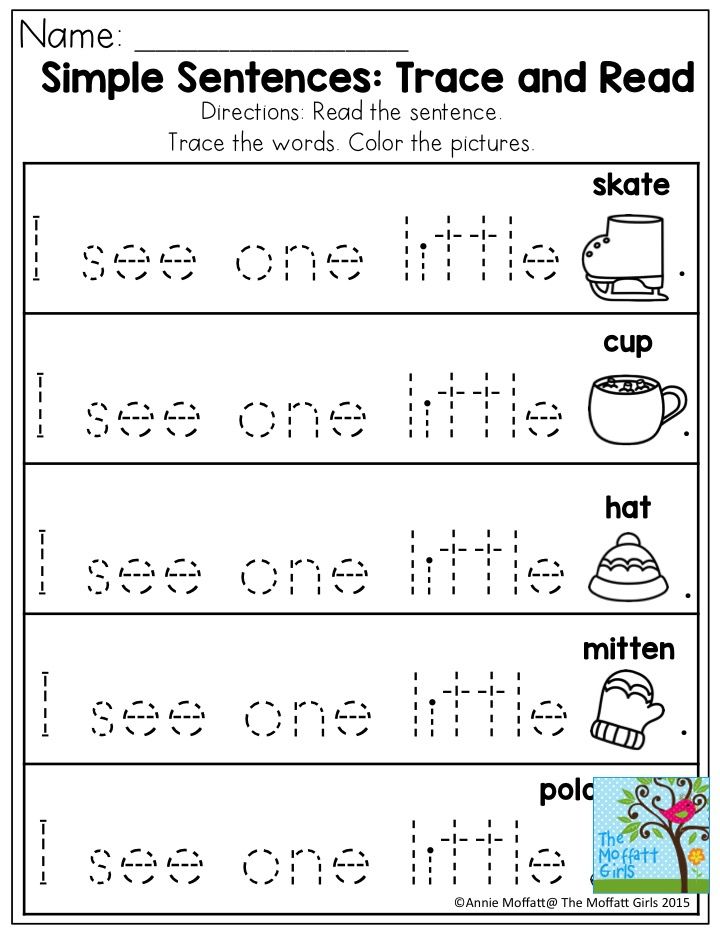 As a rule, children are very fond of such albums and quickly learn the material illustrated by their own images.
As a rule, children are very fond of such albums and quickly learn the material illustrated by their own images.
From book Why do children lie? [Where is the lie, and where is the fantasy] author Orlova Ekaterina Markovna
Chapter 6 Do we honor? Shall we play? Simple ways to solve complex problems How fairy tales help to cope with children's lies Many parents will be skeptical about the idea of fighting children's lies with the help of some fairy tales and stories. I have heard the opinion more than once that “you just don’t need
From book My child is an introvert [How to reveal hidden talents and prepare for life in society] author Laney Marty
Easy and quick ways to cheer up Play windmill. Show your child how to rotate their arms and legs to stimulate circulation and feel energized. Try to sing a funny song with your child at the top of your lungs or
From book Education of a free personality in a totalitarian era [Pedagogy of the new time] author Yermolin Anatoly
Part III Simple secrets of effective youth work "Walking alone" instead of "Walking together" In 2003, almost ten years had passed since my first acquaintance with Khodorkovsky.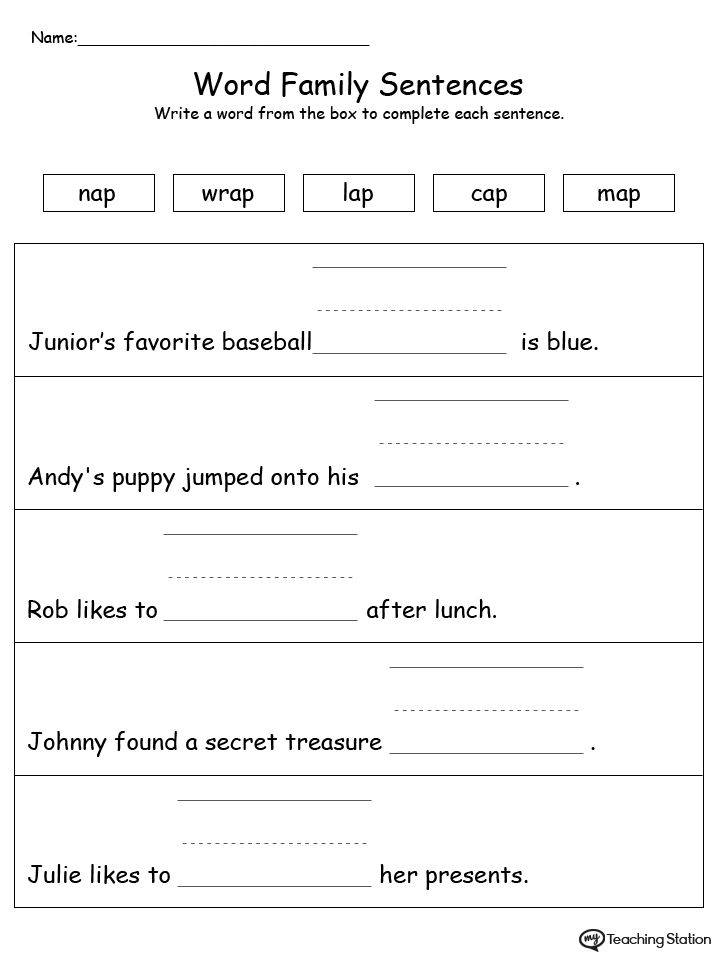 Lyceum "Podmoskovny" stood confidently on its feet; based on several regional universities,
Lyceum "Podmoskovny" stood confidently on its feet; based on several regional universities,
From book Our Good Teens author Litvak Nelly
Simple tasks Money example. Problem: The girl constantly begs for money for clothes, expensive toys and entertainment. A lot of money is spent on this uncontrollably, and there is no end to conflicts. Objective: To stop endless disputes on this topic. Or: Make her spend
From book Glenn Doman's early development methodology. 0 to 4 years author Straube E. A.
Reading common sentences By this stage, your child is already able to read complete sentences that express a complete thought. At this stage, it is necessary to increase the number of words in a sentence. If before that you chose from 5 nouns and 5 verbs, one each
From book Useful book for mom and dad author Skachkova Ksenia
Your suggestions do not suit his type We have already talked about the types of our eaters, so think about it, maybe you are offering your baby something that is completely incompatible with his type.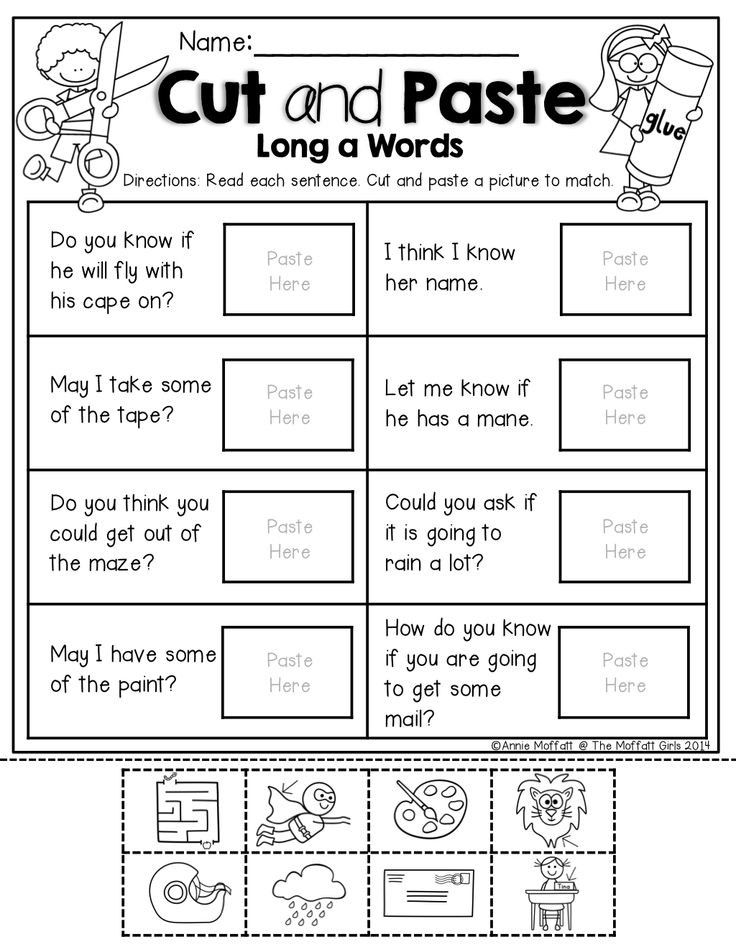 If you want your butt to swallow lunch because you're late for something,
If you want your butt to swallow lunch because you're late for something,
From book Encyclopedia of Early Development Methods author Rapoport Anna
Stage 3 We spell For the Word Journey game, improve the train from the previous exercise - attach another trailer with a pocket to it. On the cards, write no longer letters, but syllables (after all, the baby already reads them confidently). Then the game is repeated, but on a visit
From book We play science. 50 amazing discoveries that you will make with your child author Gallagher Sean
Stage 4 Reading offers For the game "Make a phrase" write on the cards the words in different grammatical forms. Invite the child to choose the right words and put them next to each other. For example: NEW DRESS IT'S TIME NEW YEAR CAME CHILDREN NEW TOY ARRIVED
From book Conversations with a Son [Manual for Concerned Fathers] author Kashkarov Andrey Petrovich
Exercise 5 Reading Along with writing comes reading.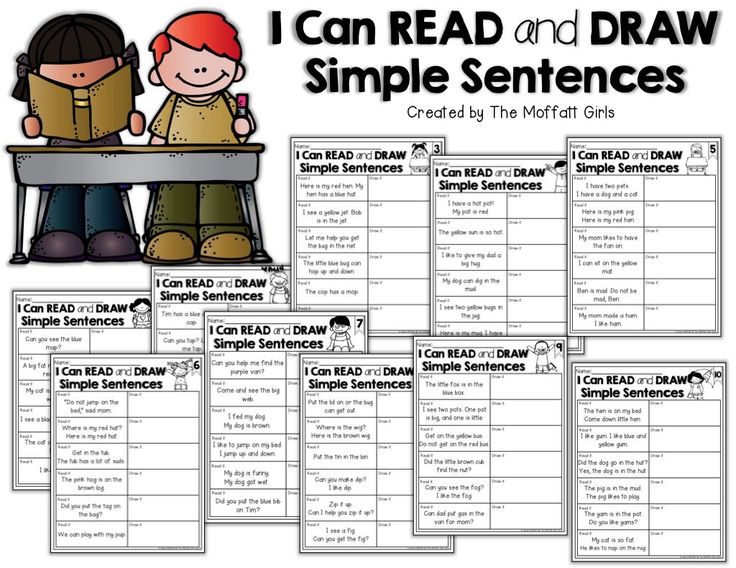 A child who makes up words from movable type on his own is already beginning to read. From words, as in writing, they move on to phrases, and from cursive to
A child who makes up words from movable type on his own is already beginning to read. From words, as in writing, they move on to phrases, and from cursive to
From book Your baby from birth to two years author Sears Martha
Exercise 15 Reading Tolstoy We make home-made books: a picture remains on one page, and on the other we put a sentence taken from the texts of L. N. Tolstoy's ABC. A child reads a sentence in a book and looks at the picture, comparing
From book Mamamania. Simple Truths, or Education with Love author Popova-Yakovleva Evgenia
Stage 4 Reading simple sentences Having mastered phrases, the child will easily move on to simple sentences. By this time, he probably knows how to read at least 70-100 words. From them you can easily compose simple phrases. For example: MOTHER IS GOING, THE CAT IS SLEEPING, MASHA RUNS. There are two
From book author
Reading in a foreign language Try to have books in the child's library in the foreign language that you are studying with your child. Initially, these may be just picture books, because young children do not read books as much as look at them
Initially, these may be just picture books, because young children do not read books as much as look at them
From book author
18. Reading the face Age: 4-12 months Level of Difficulty: Intermediate Field of Study: Emotional DevelopmentExperiment You will run the series of tests described below twice: on a four-month-old baby and shortly before or shortly after he celebrates his first day
From book author
From book author
First offers The child's first sentences and sentences are reminiscent of a mean telegram or today's newspaper headlines - only nouns or only nouns and action verbs, such as "Bye, bibika." “Bye” is associated in the child with leaving the house
FRIENDS
Ni-ki-ta and Le-sha are friends. Together they go to kindergarten. Lesha has a sa-mo-kat. And Ni-ki-you has a ru-zhe. Not really standing, but playing.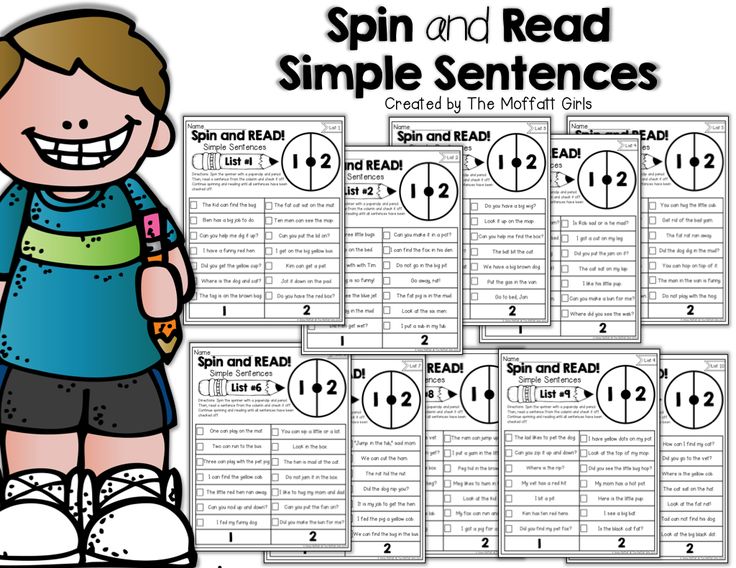 These boys are good fellows. Oh-no always de-la-tsya games-rush-ka-mi. And they never quarrel. Together we play and laugh. Ho-ro-sho friend!
These boys are good fellows. Oh-no always de-la-tsya games-rush-ka-mi. And they never quarrel. Together we play and laugh. Ho-ro-sho friend!
ZO-LO-TOE EGG-KO
Live se-be grandfather and ba-ba and would-la have them ku-roch-ka rya-ba. He took down a ku-roch-ka egg-ko: the egg is not simple - it's golden.
Grandfather beat - beat - not broke.
Ba-ba bi-la, bi-la - more than once-bi-la.
The mouse was be-zha-la, the tail-tee-com-mah-well-la, the testicle fell-lo and broke-elk.
Grandfather and ba-ba cry-chut, ku-roch-ka ku-dah-chet:
“Don't cry, grandfather, don't cry, ba-ba!
I will bring you another egg,
Not golden – simple!”
MU-RA-WEI AND GO-LUB-KA
Mu-ra-vei went down to the stream: for-ho-tel to drink. Wave-on for-whip-well-la e-th and almost in a pi-la. Go-lub-ka carried a vet-ku; o-na u-vi-de-la - mu-ra-vei then-no, and bro-si-la e-mu vet-ku in the ru-chey. Mu-ra-wei sat on a branch and escaped.
That's why o-hot-nick set up a network on go-lub-ku and wanted to clap. Mu-ra-vei crawled to o-hot-no-ku and u-ku-strength of e-go by the leg; oh-hot-nick oh-zero and u-ro-nil network. Go-lub-ka fluttered-well-la and u-le-te-la.
Pete and Mi-shi had a horse. They began to argue: whose horse. Did they tear each other's cats.
Give me, this is my horse.
No, you give me, the horse is not yours, but mine.
Mother came, took a horse, and nobody's horse became.
L. Tolstoy
Three bears.
One day, Ma-sha went into the forest and got lost. Began to search to-ro-gu to my yes came to the forest from the bush. In the house of e-thom lived seven-I honey-ve-dey: the father was called Mi-hi-lo Po-ta-pych, the mother - Nas-tas-ya Pet-rov-na , and their little laziness-ko-sy-nish-ku - honey-ve-jo-nok Mi-joking-ka. The house was empty - honey-ve-di ush-whether walking through the forest.
Ma-sha entered the house and had three bowls of porridge. Pain-sha-I would-la Mi-hi-lo Po-ta-py-cha, middle-ny-ya Us-tas-and Pet-rov-ny, and sa-ma-I laziness-ka-ya - M-jokes. In-pro-bo-va-la Ma-sha ka-shu from a large bowl, then from a middle one, and from a small one, Mi-joking-ki-noy, the whole shu ate.
Pain-sha-I would-la Mi-hi-lo Po-ta-py-cha, middle-ny-ya Us-tas-and Pet-rov-ny, and sa-ma-I laziness-ka-ya - M-jokes. In-pro-bo-va-la Ma-sha ka-shu from a large bowl, then from a middle one, and from a small one, Mi-joking-ki-noy, the whole shu ate.
Za-ho-te-la Ma-sha pri-net and sees three chairs at the hundred-la. Climbed o-na onto a big chair and u-pa-la; sat on the middle chair - it was not-at-ad-but; sat down on a small stool and laughed. Became-la Ma-sha ka-chat-sya on the Mi-joking-ki-ne chair-chi-ke, ka-cha-las - ka-cha-las, why didn’t he slo-ma-la!
Send-la Ma-sha to another mountain-ni-tsu. There are a hundred-I-whether three kro-va-ti. Lay down o-na in pain-shu-yu - it would be too spacious; lay down in the middle-nu-th - it would be too you-so-ko; and ma-laziness-ka-I came to her just right. Lay down Ma-sha and sleep-la.
Come back to my honey-ve-di from the forest, se-o-be-give. Mi-hi-lo Po-ta-pych looked into his bowl and growled: “Who ate from my bowl?” Us-tas-ya Pet-rov-na looked-re-la at the table and for-re-ve-la: “Who ate from my bowl?” And Mi-jokingly squeaked: “Who ate my porridge and broke my chair?”
Send honey-ve-di to another mountain-no-tsu.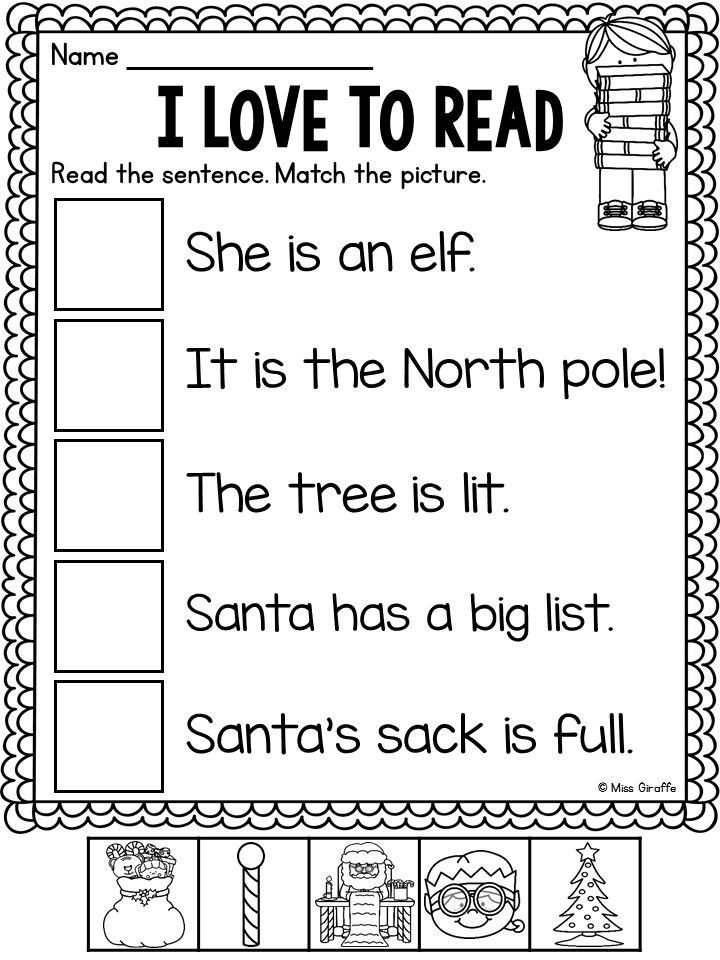 “Who lo-lived on my bed?” - roared Mi-hi-lo Po-ta-pych. “Who lay down on my bed and crushed it?” - for-re-ve-la Nas-tas-ya Pet-rov-on. And Mi-joking-ka u-vi-del in his cro-vat-ke de-voch-ku and squeaked: “Here oh! Hold her!
“Who lo-lived on my bed?” - roared Mi-hi-lo Po-ta-pych. “Who lay down on my bed and crushed it?” - for-re-ve-la Nas-tas-ya Pet-rov-on. And Mi-joking-ka u-vi-del in his cro-vat-ke de-voch-ku and squeaked: “Here oh! Hold her!
U-vi-dev honey-ve-day, Ma-sha oh-chen is-pu-ga-las. O-on you-jump-well-la in the open-then-e-ok-but and be-m-la-to-my. And honey-ve-di didn’t dog-on-whether.
The beginning of the school year is also in kindergarten. Children gradually come from holidays. Many have learned letters over the summer and begin to read a little by syllables.
Where do syllable-reading texts come from? Of course, from the primer. Old primers are interesting, according to which grandmothers studied. The second source is the Internet. We also prepare texts for our pupils of 5-6 years old, depending on the available skills, starting with simple and short texts. It is better to read little by little, but more often.
In the first syllable-reading texts, each sentence starts on a new line.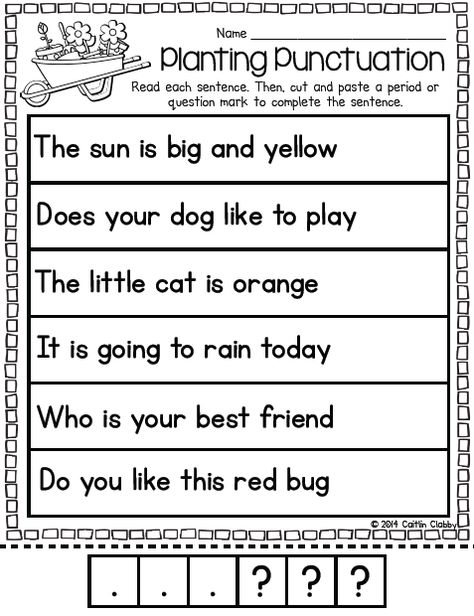 This makes it easier for children to read the text. The first texts to read by syllables should be printed large.
This makes it easier for children to read the text. The first texts to read by syllables should be printed large.
It is useful to accompany them with coloring pages, which is a familiar activity for preschoolers. Tasks are like this.
- First you need to read to your mother, grandmother or someone else.
- Colorize.
- Sign items in the picture.
Why is it worth writing words? When a child reads, hearing and vision interact. When writing, - auditory (I pronounce), visual (I fix the image of the word) and motor analyzers.
In addition to narrative texts, it is useful to use short simple verses for reading by syllables.
How to prepare texts for reading by syllables?
Parents teaching their child to read can prepare the material themselves. You need to know the following. Texts for reading by syllables may look different. It all depends on how we divide the word into syllables.
1. Divide words into syllables as in the primer with hyphens (short horizontal lines). Below, several texts are divided into syllables in this way.
2. Words are divided into syllables by vertical lines.
3. Syllables are outlined from below with arcs.
Something like this. It is better to start with the first option with hyphens. The first texts should be very simple in content, as below, gradually getting more complicated.. First, you give a picture for coloring. And then the kid draws himself according to the meaning of the text. Reading texts can also be downloaded from our website. Just prepare them in one of the ways suggested above.
Texts for reading by syllables
This is the cat Ku-zya.
At night Ku-zya lo-vil mice.
That's why the cat was sleeping on di-va-ne.
And we are si-de-li in the hole.
- Cat's name?
- What are his actions?
- Why did mice sit in a mink?
Fishing.
Sa-ni had a daughter.
Sa-nya on-ko-fell cher-wei.
He went to the river.
There are fish in the river.
Sa-nya lo-vil fish-boo.
- Boy's name?
- What did he do?
- How many fish did you catch?
De-re.
E-de-re-vo.
At the de-re-va trunk.
At de-re-va sheet.
At the de-re-va vet-ki.
Question. Na-zo-vi de-re-vo.
Ko-ro-va.
Ko-ro-wa eats se-no.
Ko-ro-wa yes mo-lo-ko.
Ma-sha love-beat mo-lo-ko.
Ma-sha loves ka-shu.
Ma-sha has ru-my-cheeks.
Question. Why does Masha have rosy cheeks? (For some reason, all mothers thought about diathesis)
In the woods.
De-ti went to the forest.
They co-bi-ra-li ma-li-nu.
Next to the house for-thre-shcha-whether bushes.
De-ti is-pu-ha-lis.
And from the bushes you-be-zh-la so-ba-ka Zhuch-ka.
Everyone has become ve-se-lo.
- Where did the children go?
- What were they doing in the forest?
- Who scared the kids?
Summer
Summer red.
Why is it o-o red?
Red-no-e, means beautiful.
Ze-le-ny-e-le-sa.
Go-lu-bo-e no-bo.
Bright colors.
Beautiful.
Na-ri-sui le-to.
- Why is summer red?
- What forests?
- What a sky
- What flowers?
- Why do you like summer?
Ko-lo-kol-chi-ki
Ko-lo-kol-chi-ki-le-you flowers.
What's-o-o-o-o-o-o-o-o-e?
It's because they are here in the field and on the meadow.
Ko-lo-kol-chi-ki si-ni-e
Li-za gu-la-et in the meadow.
Li-za co-bi-ra-et ko-lo-kol-chi-ki.
Li-za has a v-ma v-za.
There ko-lo-kol-chi-ki.
Na-ri-sui ko-lo-kol-chi-ki.
- Why bluebells wild flowers?
- What color are the bells?
- Where does Liza walk?
- Where will Liza put the bells at home?
Reading for preschoolers is always a new and interesting process. And this is not surprising, because they discover a whole world, previously unknown, unfamiliar.
Children first learn about letters and sounds, then learn how to put them into words. And then the moment comes when the child tries to read on his own. It is impossible to immediately give the baby complex texts for this purpose, and even not divided into syllables. Difficulties encountered in reading can completely discourage the desire to study further. So we will learn to read, taking as a basis stories and fairy tales specially adapted for preschoolers.
Stories for children
If you do not know what texts to start with, you can buy or download and print collections of texts on our website under the general title “Reading by syllables”. Such literature is specially adapted for children. This does not mean that the stories of famous writers are somehow changed in it: the selection of texts in such books is focused on children of preschool age, and the words in the texts are divided into syllables for reading, which greatly facilitates the learning process for the child.
On our website there are also some texts with a special division into syllables. They can also be printed out and offered to children for reading.
What are the best stories for children?
Of course, these are the works of those writers who specialized in children's topics: M. Prishvin, K. Paustovsky, A. Barto, N. Nosov, Lev Kassil, S. Marshak, etc. It is not necessary to read the stories in full: for young children it will be enough to choose one small passage, divide it into syllables and present it for reading.
How to instill a love of reading?
How can parents deal with their children according to such texts?
Do not leave a child alone with a story if he is not yet good at reading. This can discourage any interest in subsequent learning if the baby has difficulties and he cannot cope with them. Sit next to your child and start reading together. It is very important for children that adults show interest in their affairs. Along the way, ask the baby to help you and read this or that word. When you have read to the end, discuss the passage: have the child retell what he understood from the text. Do not leave what you read unattended: the baby must realize that he is reading not for dad or mom, but for himself, for his own understanding.
You can download a set of cards with words.
Learning to read individual words by syllables. Read the names of the children.
Fairy tales
However, the best aid for teaching children to read is fairy tales. Everyone loves them, not just kids. Take first the fairy tale that the child knows well: it will be easier for him to read, being familiar with the plot.
The most famous writers who devoted themselves to fairy-tale creativity are G.Kh.Andersen, A.S.Pushkin, Ch.Perro, the Grimm brothers. Surely, when your child could not read yet, he listened to the tales of these writers performed by you. And today he will read these fairy tales in syllables.
A 3-year-old girl reads by syllables:
Fairy tales for children by modern writers, for example, L. Uspensky, are also perfect for reading. They are sometimes more in tune with the needs of the time: the creatures that inhabit our technological world act in them, the devices around us come to life. And yet, do not deprive your child of the opportunity to get acquainted with the good old fairy tales, because entire generations have grown up on them.
Reading fairy tales, poems in syllables, you not only teach children, but also introduce them to the huge cultural heritage of previous eras . Reading develops curiosity in the baby, respect for the work of other people, the desire to learn new things. All this is sure to come in handy for children in adulthood. But most importantly, you will be sure that you will bring up goodness and humanity in them.
You can download for free a selection of more than 35 books (fairy tales, stories, poems, simple texts and coloring books) on SYLLABLES or choose individual ready-made texts for yourself below.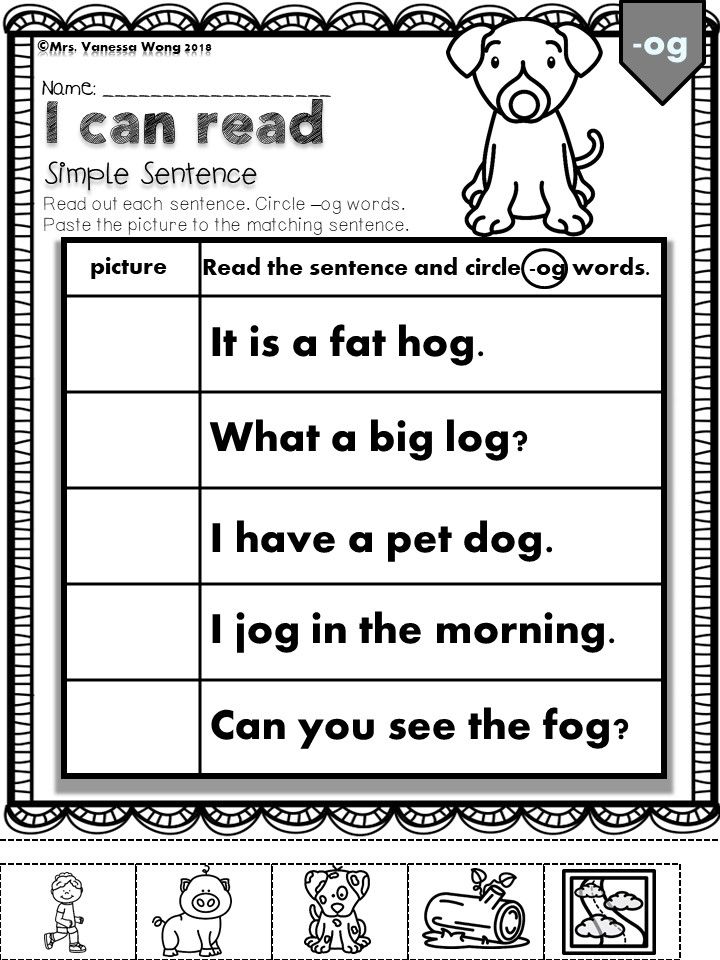
A little story about a squirrel. An excerpt from a book about Winnie the Pooh and Piglet.
Learning to read by syllables - this stage in teaching children to read is one of the most important and difficult. Often parents simply do not know how to teach a child to pronounce two letters together and get stuck on it for a long time. Tired of the endless repetition of "ME and A will be MA", the child quickly loses interest, and learning to read turns into torment for the whole family. As a result, children who already know letters from the age of two or three cannot even read simple words by the age of five, not to mention reading sentences and books.
What to do next when the child has memorized the letters? Let's make a reservation right away that teaching a preschooler to read syllables can be started even BEFORE he has mastered the entire alphabet (moreover, some teachers insist that you need to move on to syllables as quickly as possible, without waiting for all the letters to be studied). But those letters that we will combine into syllables, the child must name without hesitation.
But those letters that we will combine into syllables, the child must name without hesitation.
In order to start learning to read by syllables, it is enough for a child to know 3-4 vowels and a few consonants. First of all, take those consonants that can be pulled (S, Z, L, M, N, V, F), this will help teach the child the continuous pronunciation of the syllable. And this is a fundamentally important point.
So, let's consider a few, in our opinion, the most effective methods that modern teachers offer for teaching a child how to put letters into syllables.
1. We play "Trains"
(a game from the manual by E. Baranova, O. Razumovskaya "How to teach your child to read").
Instead of boring cramming, invite your child to “ride the train”. All consonants are written on the rails along which our trailers will go, and vowels are written on the trailers themselves. We place the trailer on the rails so that a consonant appears in the window, and we name which station we got (for example, BA).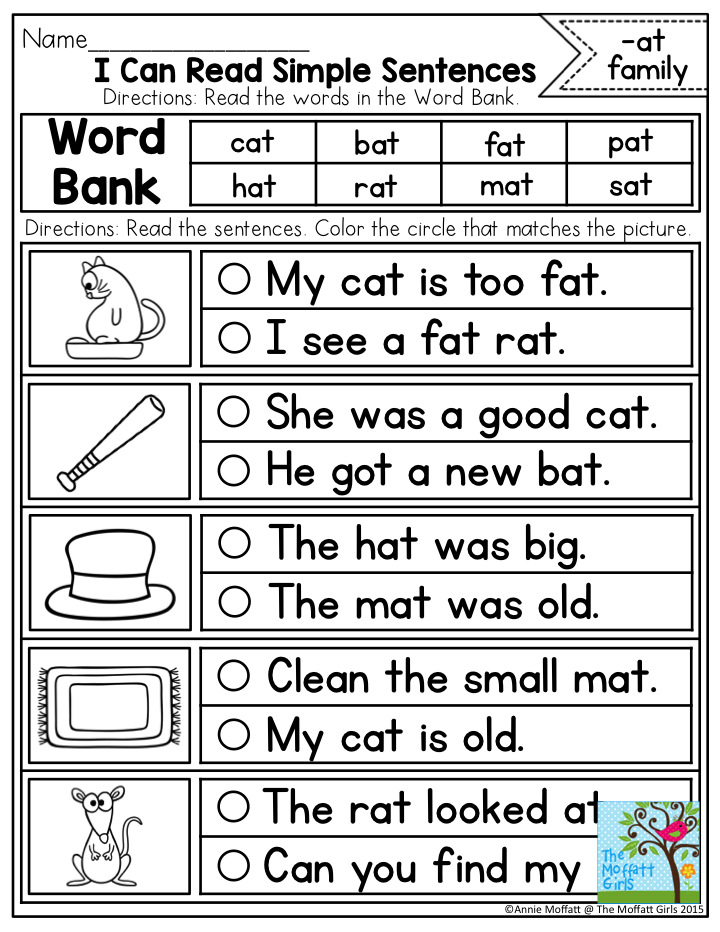 Next, we move the trailer down the rails - to the next consonant and read the syllable that appears.
Next, we move the trailer down the rails - to the next consonant and read the syllable that appears.
There is a similar manual in the cards "The game" Train ". We read syllables. from E. Sataeva
This game is good because the child does not need to be specially explained how to add syllables. It is enough to say: “Now we will ride the letter A, she will be our passenger, name all the stations at which we will make a stop.” To begin with, “ride” yourself - let the child move the trailer along the rails, and you loudly and clearly call the “stations”: BA, VA, GA, YES, ZHA, ZA, etc. Then invite your child to take turns doing this with you. During the game, listening to you, children easily grasp how to pronounce two sounds together. For the third time, the child will “ride” himself without much difficulty.
If the child does not know all the letters, stop only at those “stations” that are familiar to him. Next, we change the wagon. Now we roll the letters O, U, S.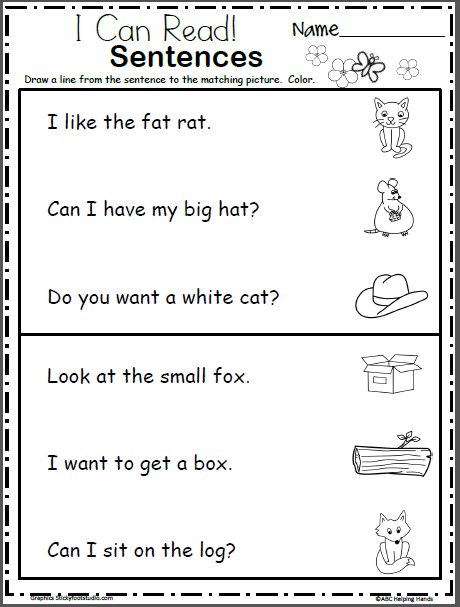 If the child can easily cope with the task, we complicate the task. For example, we ride at speed - timing which of the wagons will reach the end of the path first. Or another option: stopping at the station, the child must name not only the syllable, but also the words starting with this syllable (BO - barrel, side, Borya; VO - wolf, air, eight; GO - city, golfs, guests; DO - rain, daughter, boards, etc.).
If the child can easily cope with the task, we complicate the task. For example, we ride at speed - timing which of the wagons will reach the end of the path first. Or another option: stopping at the station, the child must name not only the syllable, but also the words starting with this syllable (BO - barrel, side, Borya; VO - wolf, air, eight; GO - city, golfs, guests; DO - rain, daughter, boards, etc.).
Please note that with this game you can practice reading not only open syllables (with a vowel at the end), but also closed ones (with a consonant at the end).
To do this, take trailers where the vowels are written in front of the window, and proceed in the same way. Now we have a letter on the trailer not a passenger, but a driver, she is the main one, she is in front. First read the resulting “stations” with closed syllables yourself: AB, AB, AG, AD, AZH, AZ, etc., then offer the child a “ride”.
Remember that in this and other exercises, we first practice adding syllables with first row vowels (A, O, E, U, Y), and then enter the second row vowels (I, E, E, Yu, I ) - the so-called "iotated" vowels, which make the sound preceding them soft.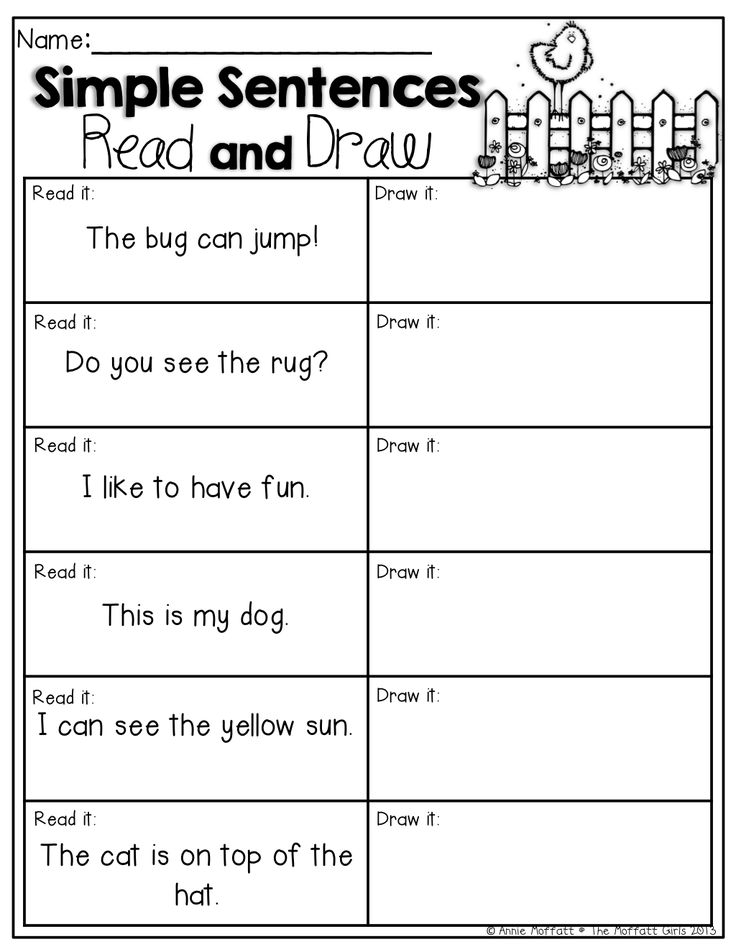
When the child is good at reading separate tracks with syllables, alternate trailers with passengers and drivers, without prompting which trailer we will ride. This will help the child learn to clearly see exactly where the vowel is in the syllable (the syllable begins with it or ends with it). At first, learning to read by syllables in a child may have difficulties with this.
2. “Running” from one letter to another
(from "ABC for kids" by O. Zhukova)
This is a visual exercise that will help your child learn to pronounce two letters together.
Before us is a path from one letter to another. To overcome it, you need to pull the first letter until the finger that we are leading along the path reaches the second letter. The main thing we are working on in this exercise is that there is no pause between the first and second sound. In order to make it more interesting to study, replace your finger with a figure of any animal / little man - let him run along the path and connect two letters.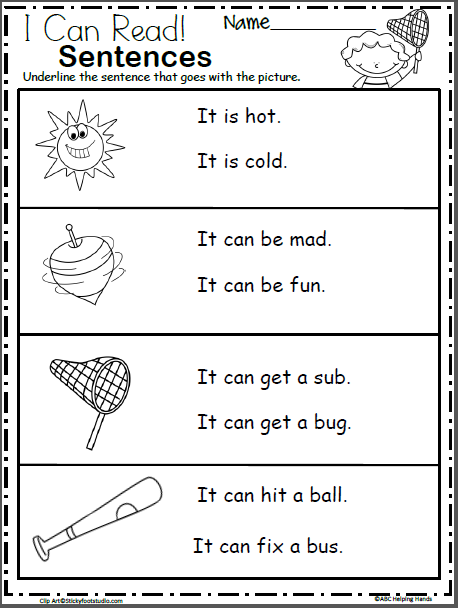
(“A Primer for Kids” by E. Bakhtina) , "Russian alphabet" by O. Zhukova and others).
Many authors of primers and alphabets use animated images of letters that need to be put into a syllable - they are friends, walk together in pairs, pull each other through obstacles. The main thing in such tasks, as in the previous exercise, is to name two letters together so that the two girlfriend letters stay together.
You don't even need special manuals or primers to use this technique. Print out several figures of boys and girls (animals, fairy-tale or fictional characters), write a letter on each of them. Let consonants be written on the figures of boys, and vowels on the figures of girls. Make friends with the kids. Check with your child that boys and girls or two girls can be friends, but it is not possible to make friends with two boys (pronounce two consonants together). Change pairs, put girls first in them, and then boys.
Read the syllables first in one order, then in reverse.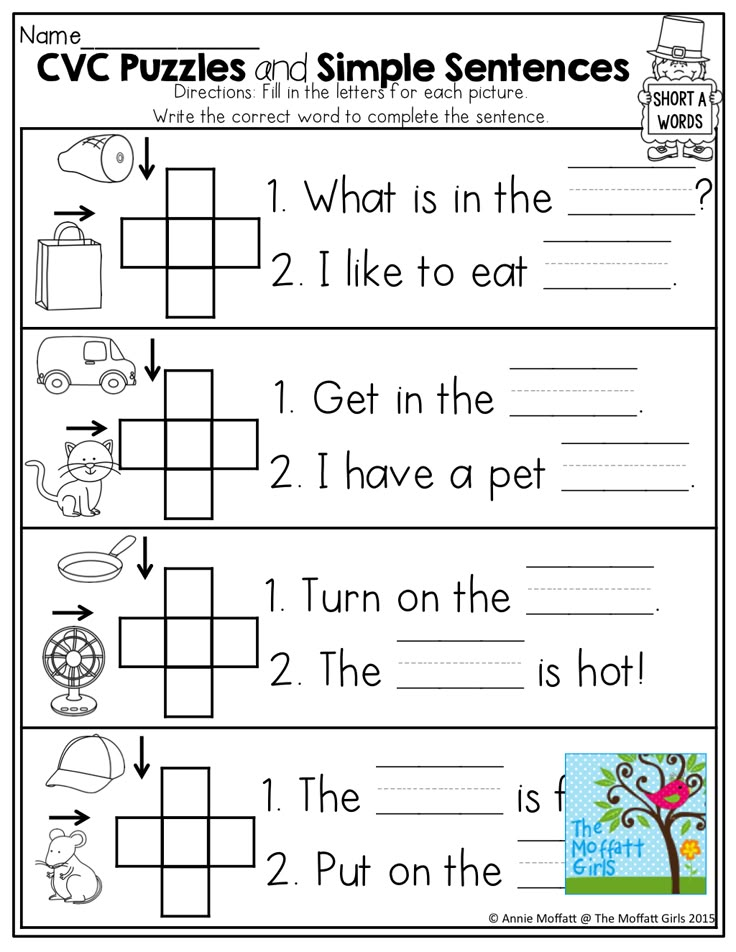
These few tricks are quite enough to teach a child to put two letters into a syllable. And learning in the form of a game will allow you to avoid cramming and boring repetition of the same thing.
4. Games for strengthening the skill of adding letters
— Syllabic lottos
They are very easy to make by yourself, for this you need to pick up a few pictures - 6 for each card and print out the corresponding syllables.
- The manual “Syllables. Choose a picture according to the first syllable BA-, VA-, MA-, SA-, TA-. Educational lotto games. GEF DO "E. V. Vasilyeva - in this series there are several more manuals “Letters, syllables and words. Lotto with verification” by A. Anikushena
- There are similar exercises in the book “Syllabic Tables. GEF "N. Neshchaeva
- Playing the Store
Arrange toy items or pictures of toy items on the counter (eg, FISH-ba, DO-nya, PI-horns, BU-lka, YB-loki, ME-so). Prepare "money" - pieces of paper with the name of the first syllables of these words.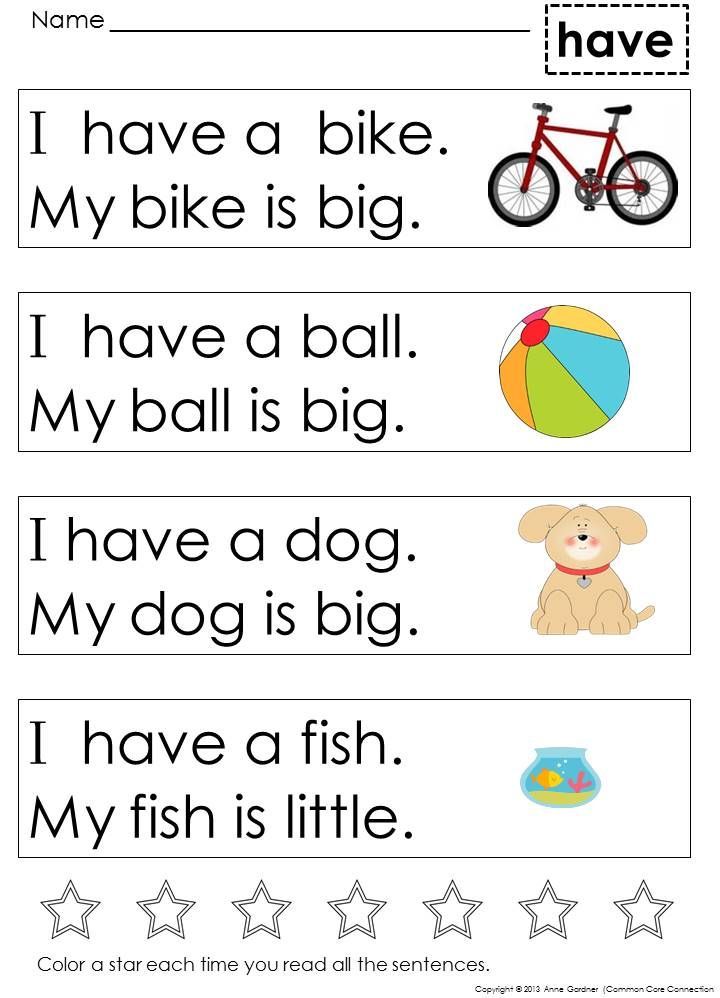 A child can buy goods only for those “bills” on which the correct syllable is written.
A child can buy goods only for those “bills” on which the correct syllable is written.
Make an album with your child's own hands, in which a syllable is written on one page of the spread, and objects whose names begin with this syllable are written on the other. Periodically review and supplement these albums. For more effective learning to read, close one or the other half of the spread (so that the child does not have extra clues when naming a syllable or choosing words for a particular syllable).
This will help you "Cards for the sound and syllabic analysis of words."
— Game in the airfield (garages)
We write syllables in large letters on sheets of paper, spread them around the room. These will be different airfields (garages) in our game. The child takes a toy plane (car), and the adult commands - on which airfield (in which garage) you need to land the plane (park the car).
For this exercise, Zaitsev's cubes or any cards with syllables (you can make them in the form of traces) are suitable.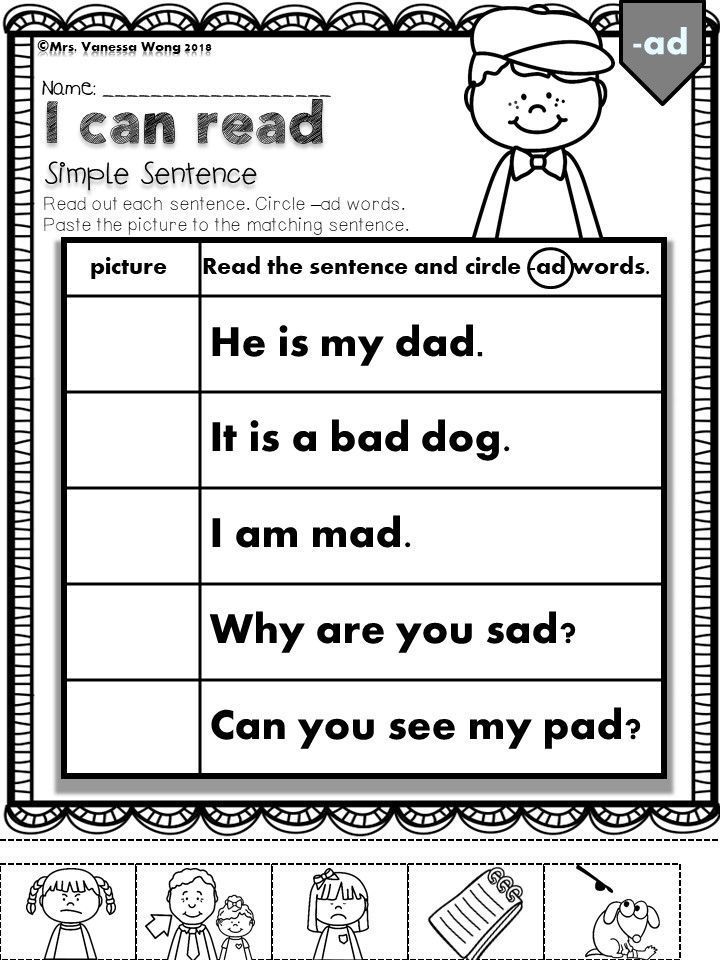 We build a long path from them - from one end of the room to the other. Choose two figurines / toys. You play one, the child plays the other. Roll the dice - take turns with your figures on the cards for as many moves as fell on the dice. Stepping on each card, name the syllable written on it.
We build a long path from them - from one end of the room to the other. Choose two figurines / toys. You play one, the child plays the other. Roll the dice - take turns with your figures on the cards for as many moves as fell on the dice. Stepping on each card, name the syllable written on it.
For this game, you can also use various "rpg" games by writing syllables in circles on the playing field.
5. Reading simple words by syllables
Simultaneously with practicing syllables, we start reading simple words (of three or four letters). For clarity, so that the child understands what parts the word consists of, which letters should be read together and which separately, we recommend that the first words be composed of cards with syllables / individual letters or graphically divide the word into parts.
Two-syllable words can be written on two-part pictures. Pictures are easier to understand (the child is more willing to read the words written on them than just columns of words), plus it is clearly visible into which parts a word can be broken down when reading it syllable by syllable.